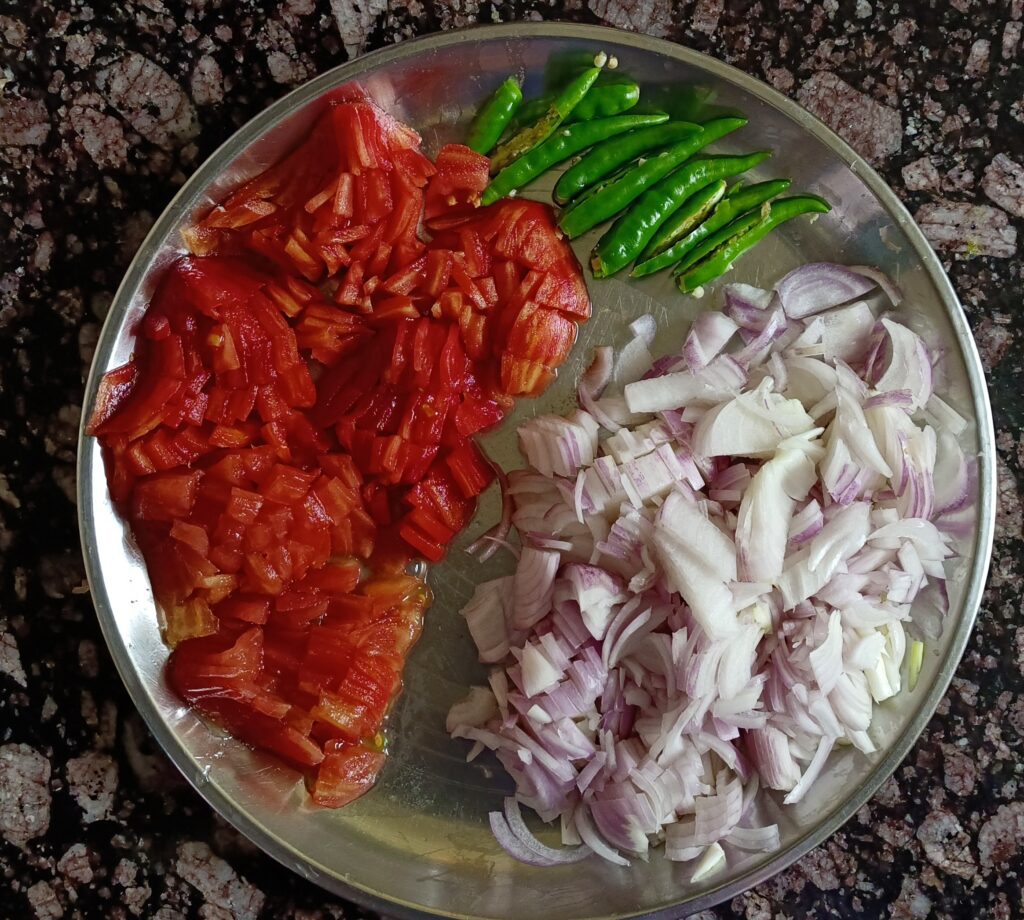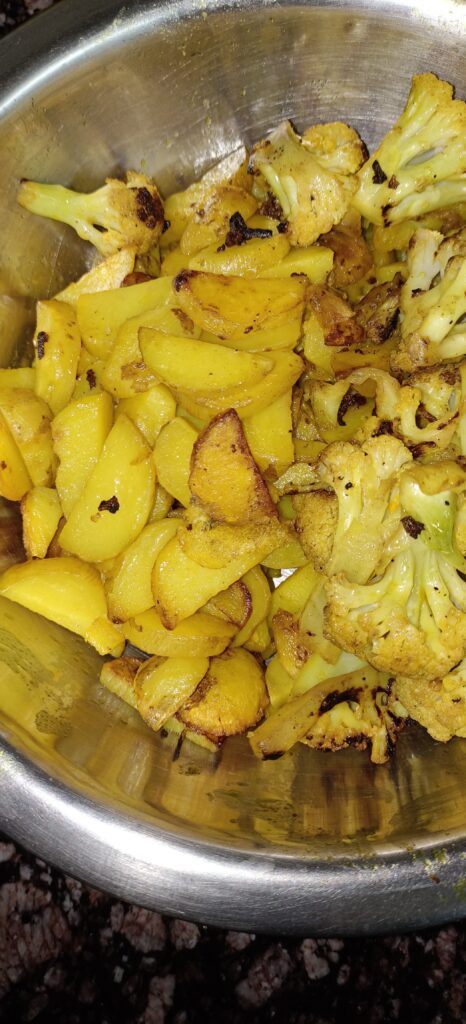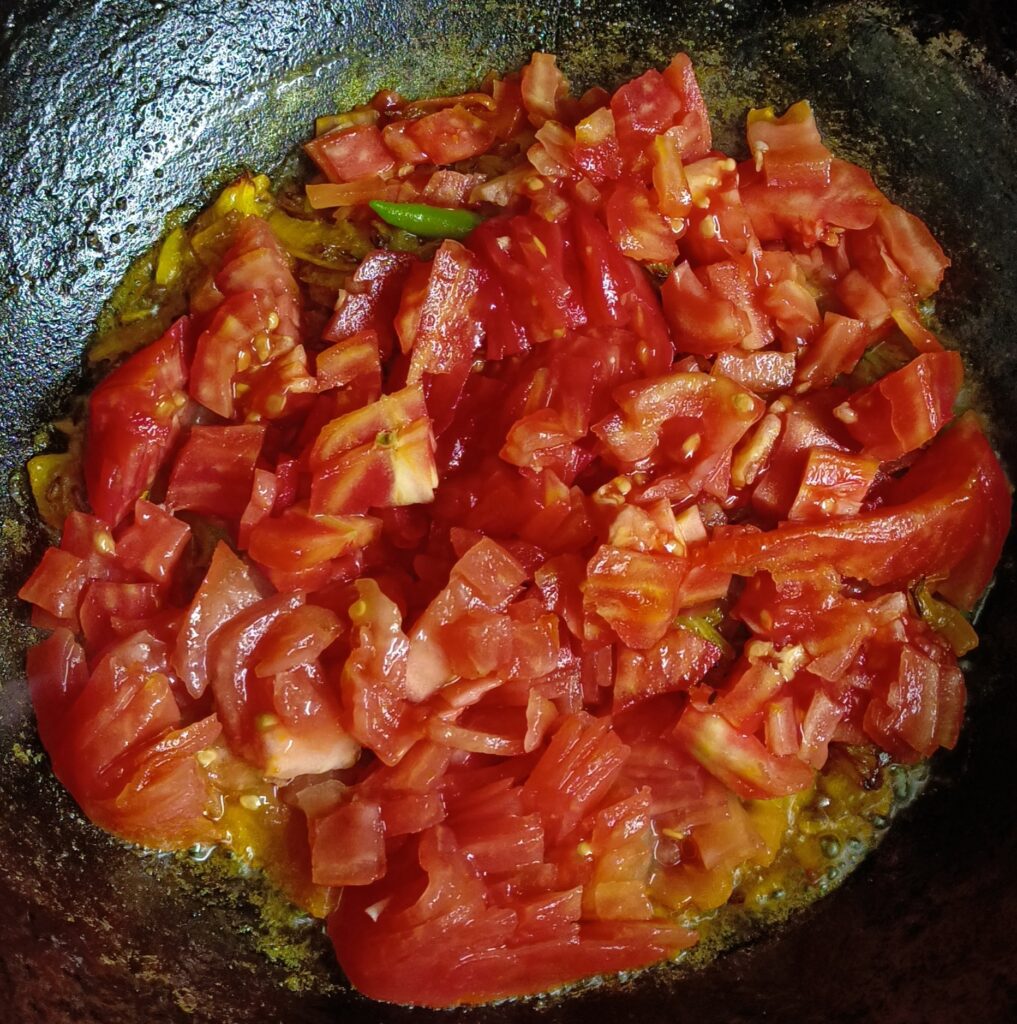Aloo Gobi is a traditional vegetarian dish from the Indian subcontinent. It has become popular all around the world. It is a tasty and nutritious dish.
This dish is a delicious and healthy combination of Aloo and Gobi that is spiced with a blend of aromatic spices.
Aloo Gobi | Aloo Gobi Recipe | 1 Simple Way of Aloo Gobi |
It is a dish that is sure to impress and satisfy. It is a perfect example of how a few simple ingredients can be combined to create a flavorful and satisfying meal.
This dish is a versatile dish that can be served as a main course or as a side dish with other Indian dishes.
In this article, we will explore the history, ingredients, and preparation of this classic Indian dish.
History Aloo Gobi:
Aloo Gobi is believed to have originated in the northern region of India. It is basically in the Punjab region. It is said to have been created during the Mughal Empire. When the Mughal rulers introduced Persian-style cooking techniques and spices to Indian cuisine.
Over the years, the Aloo Gobi Recipe has become a popular dish across the Indian subcontinent, with each region having its own unique take on the recipe.
1 Simple Way of Aloo Gobi:
Aloo Gobi is made using simple ingredients. It is easily available in every Indian kitchen.
Preparation Time:
Total Time: 50 mins
Cooking Time: 30–35 mins
Preparation time: 15 mins
Servings: 3–4 persons
Ingredients:
- 1 medium-sized Gobi (cauliflower)
- 3-4 medium-sized potatoes
- 1-2 large onion
- 2 tomatoes
- green chili
- bay leaf
- red chili
- 1 tsp cumin seeds
- 1/2 tsp turmeric powder
- 1/2 tsp red chili powder (according to your taste)
- 1 tsp garam masala
- Salt, to taste
- 2-3 tbsp oil or ghee
Garnishing:
- Fresh coriander leaves, for garnishing
Method:
- Firstly, To make Aloo Gobi, the potatoes and cauliflower are washed, peeled, and chopped into bite-sized pieces.
- Chopped onion, tomato, and green chili.
- Then fry the aloo and Gobi separately.
- Heat oil or ghee in a pan over medium heat. Once the oil is hot, add cumin seeds and let them splutter.
- Add chopped onions and sauté until they turn a golden color.
- Add chopped tomatoes and cook until they turn mushy.
- All the dry spices – turmeric powder, red chili powder, and salt. Mix well and cook for a minute.
- Add fried cauliflower and potatoes to the pan. Mix well so that the spices coat the vegetables.
- Cover the pan and let the vegetables cook on low heat for about 20–25 minutes. Stir occasionally to prevent sticking to the bottom of the pan. Add water if required.
- Once the vegetables are cooked and tender, add garam masala to the pan and mix well.
- Garnish with fresh coriander leaves and serve hot with rice, paratha, and roti.
- Enjoy your delicious and flavorful Aloo Gobi!
Nutritional Value:
- Calories: Aloo Gobi contains around 150–200 calories. However, this can vary depending on the cooking method.
- Carbohydrates: Aloo Gobi is a good source of carbohydrates, providing around 20–25 grams per serving. The main source of carbohydrates in this dish comes from potatoes and cauliflower.
- Protein: Aloo Gobi is also a good source of protein, providing around 5–10 grams per serving.
- Fat: Aloo Gobi is a low-fat dish, with most recipes containing less than 10 grams of fat per serving. The fat in this dish comes from the oil or ghee used for cooking, as well as any added nuts or seeds.
- Fiber: Aloo Gobi is a good source of fiber. It provides around 5–7 grams per serving. The fiber in this dish comes mainly from cauliflower and other vegetables, which are high in dietary fiber.
- Vitamins: Aloo Gobi is a rich source of vitamins, particularly vitamin C, vitamin K, and folate. These vitamins are mainly derived from the cauliflower and potatoes used in the dish. Vitamin C is important for immune system function, vitamin K is important for bone health, and folate is important for healthy fetal development.
- Minerals: Aloo Gobi is also a good source of minerals, including potassium, iron, and calcium. Potassium is important for maintaining healthy blood pressure, while iron is important for red blood cell production, and calcium is important for bone health.
Conclusion:
Overall, Aloo Gobi is a nutritious and satisfying dish that provides a range of essential nutrients. Its high fiber content makes it a good choice for maintaining digestive health, while its low fat content makes it a good option for those watching their weight. Additionally, the dish’s range of vitamins and minerals makes it a great addition to any healthy, balanced diet.







